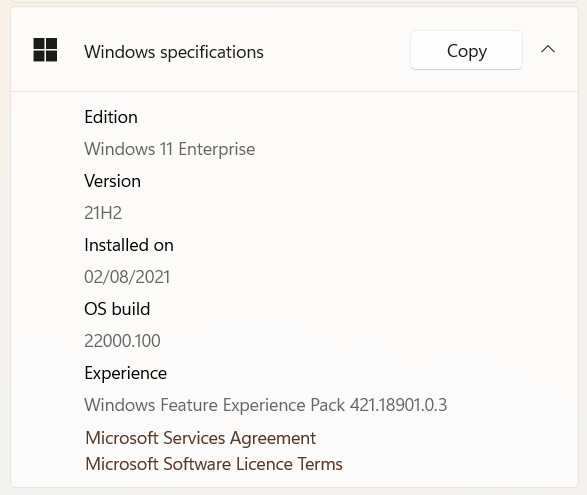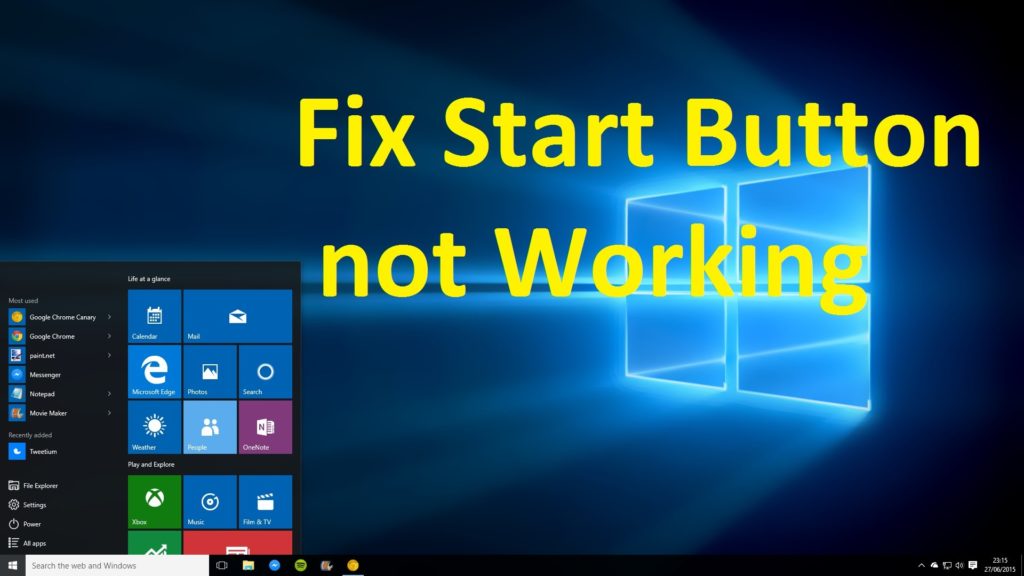

Sometimes, when an app is uninstalled or corrupted, its icon may disappear from the Start Menu. This should restart the Explorer.exe process and refresh the Start Menu, bringing back any missing icons.Īnother solution to fix missing Start Menu icons is to reinstall the missing apps. Step 4: Click the “Restart” button at the bottom right corner of the screen.

Step 3: Scroll down to the “Windows Processes” option and select “Windows Explorer”. Step 1: Press “Ctrl + Alt + Del” keys simultaneously. To restart the Explorer.exe process, follow these steps: This can help refresh the Start Menu and bring back any missing icons. The first solution you can try is to restart the Explorer.exe process. This can be frustrating, but don’t worry, there are a few solutions you can try to fix it. However, sometimes users may notice that their Start Menu icons are missing. It’s where users can open their favorite apps, access the settings, search for files, and more. For example: "C:\App.The Start Menu is one of the most important features in Windows 11/10. Now you can just edit the properties of the wrong shortmenu and fix the target field back to the correct one. The new shortcuts should be visible in your startmenu.Apply the solution of hiding and un-hiding (in properties > hidden/unhidden > "Apply changes to this folder, subfolders and files") of the folder start menu in %appdata%\Microsoft\Windows\Start Menu.Wrong parameter: "C:\App.exe" 1 -language-eng "C:\App.exe" -language eng you have to change the target to this
#Start menu windows 10 missing .exe
exe there are some different (wrong) parameters.įor example: if this is the correct structure for shortcut: Now make sure that in the Target field after the.

Delete all shortscuts that are not working in startmenu.Unfortunately only one shortcut was shown in startmenu. exe file but with different parameters (due to different language). I had multiple shortcuts which were showing to same. Here is a batch file I use to rebuild the start menu:Įcho This will delete the TileDataLayer database to reset the Windows 10 Start Menu.Įcho It may take a couple hours and a few reboots before the menu is automatically rebuilt.Įcho All items pinned to start will have to be repinned once the menu returns to normal.Įcho *** The Start Menu database will be backed up before being deleted ***ĬHOICE /C DRC /M "Press D to Delete the database, R to Restore, or C to Cancel."Ĭd c:\Users\%username%\AppData\Local\TileDataLayer\DatabaseĬopy *.* %userprofile%\desktop\StartMenuBackupĬopy %userprofile%\desktop\StartMenuBackup\*.*įor everyone struggling still with this issue, I would like to share my solution. I've had issues with the new Win 10 start menu on several workstations after upgrading from Win 7. In my tests this can be reproduced systematically and the Start Menu immediately updates itself after creating/deleting copies of the shortcut, with no need to touch the menu database files. In other words, if, in SomeFolder, you have Shortcut-B pointing to c:\someprogram.exe it will not show up as well. You can find the folder SomeFolder under the letter "S" in the list, but the shortcut will not be visible under it.įurthermore, this happens even if the two shortcuts have different names, but point to the same executable. In the All applications list only the copy at root level will be visible. C:\ProgramData\Microsoft\Windows\Start Menu\Programs\SomeFolder. Now suppose you have a copy of Shortcut-A in a menu folder e.g. Suppose you have a shortcut named Shortcut-A at the root level of the menu file structure ( C:\ProgramData\Microsoft\Windows\Start Menu\Programs) which points to c:\someprogram.exe. In the end, I discovered that the Start Menu hides duplicate shortcuts that point to the same file. I had a shortcut inside a menu folder which would not show up, no matter what. My findings are for build 1703, and I cannot, at the moment, verify them on more recent builds.

I found out a peculiar behaviour which causes an instance of this problem.


 0 kommentar(er)
0 kommentar(er)
